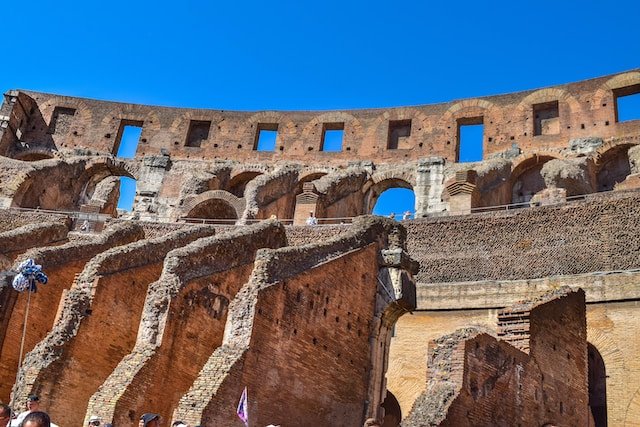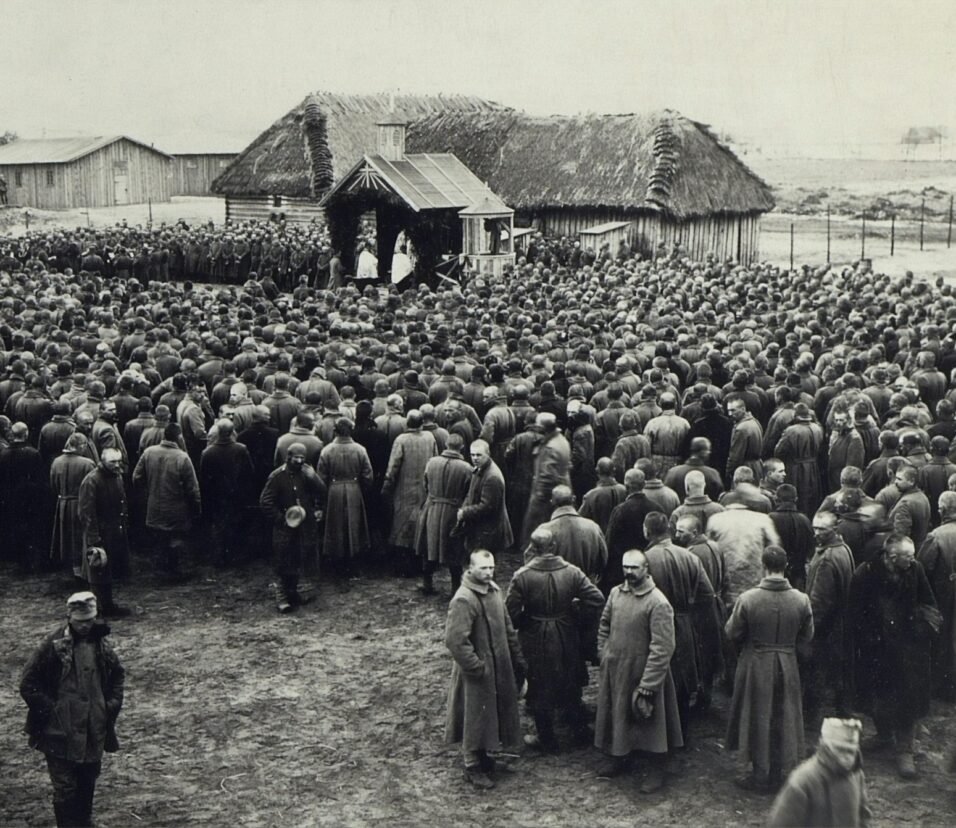Routes of Famous European Explorers
Introduction:
Beginning in the 15th century, the European Age of Exploration marked a period of unprecedented overseas exploration. Spurred by religious fervor, economic ambition, and technological advances in navigation, European explorers embarked on perilous journeys to unknown lands, forever altering the course of history. The next sections delve into the routes and exploits of five significant European explorers.
Christopher Columbus (1451-1506):
This Genoese navigator’s voyages, financed by the Spanish Crown, irrevocably linked the Old and New Worlds.
- First Voyage (1492-93): Departing from Palos, Spain, Columbus sailed west, ultimately landing on the island of Guanahani, likely modern-day San Salvador in the Bahamas. Venturing further, he explored the islands of the Caribbean such as Cuba and Hispaniola.
- Additional Voyages: Columbus completed three more expeditions to the New World, mapping parts of the Caribbean, Central, and South American coasts.
Vasco da Gama (c. 1460-1524):
By establishing a maritime route from Europe to India, da Gama expanded Portuguese influence and shattered Venetian and Arab dominance over the spice trade.
- Journey to India (1497-99): Setting sail from Lisbon, his fleet rounded the Cape of Good Hope and navigated the treacherous waters of the Indian Ocean before reaching Calicut.
Ferdinand Magellan (c. 1480-1521):
Though he never completed the trip himself, Magellan’s venture laid the blueprint for the first circumnavigation of the globe.
- Circumnavigation (1519-1522): From Spain, Magellan sailed south, discovering a passage now known as the Strait of Magellan. Crossing the Pacific, they landed on the Philippines, where Magellan was killed. The expedition, however, carried on, ultimately returning to Spain.
Sir Francis Drake (c. 1540-1596):
Drake, a master navigator, and tactician, not only circumnavigated the globe but also harried Spanish ports and fleets, becoming a hero in England and a terror to the Spanish.
- Circumnavigation (1577-1580): Drake’s route took him from England, down the east coast of South America, through the Strait of Magellan, up the west coast of the Americas, across the Pacific, around Africa’s Cape of Good Hope, and back to England.
Hernán Cortés (1485-1547):
Cortés’s expedition brought about the fall of the mighty Aztec Empire and established Spanish colonies in Mexico.
- Expedition to Mexico (1519-21): Starting from Cuba, Cortés and his men reached the Yucatán Peninsula, subsequently trekking inland through challenging terrains and confronting powerful kingdoms before seizing Tenochtitlán, the Aztec capital.
John Cabot (c. 1450-c. 1499):
This Venetian navigator and explorer, under the commission of Henry VII of England, is believed to have been among the first Europeans to reach North America since the Vikings.
- Voyages to North America (1497 and 1498): Cabot’s first journey saw him touch the coast of Newfoundland or Cape Breton Island. His subsequent expeditions further explored and charted the North American coastline, paving the way for English claims to the New World.
James Cook (1728-1779):
Captain Cook, in his meticulous and vast explorations, charted many areas and recorded islands and coastlines on European maps for the first time.
- Three Major Voyages (1768-1779): These expeditions took Cook from the coastlines of New Zealand and eastern Australia to the Hawaiian Islands and the icy shores of Antarctica.
Hernando de Soto (c. 1500–1542):
A skilled Spanish explorer and conquistador, de Soto led the first European expedition deep into the present-day United States, laying claim to vast territories for Spain.
- Exploration of North America (1539-42): De Soto’s journey began in Florida, meandering through modern-day Georgia, South Carolina, North Carolina, Tennessee, Alabama, and eventually down into Mississippi. It was at the Mississippi River that he became the first European to document and cross it. His travels in the New World, although replete with clashes with native tribes, led to a deeper European understanding of the geography and peoples of the Americas.
Juan Ponce de León (1474-1521):
Famed for his search for the legendary Fountain of Youth, this Spanish explorer and conquistador made significant inroads in the Caribbean and Florida.
- Discovery of Florida (1513): Setting out from Puerto Rico, Ponce de León’s expedition led him to what he named “La Florida.” He is often recognized for being the first European to set foot on modern-day U.S. soil, though his elusive search for the Fountain of Youth remains enshrined in popular mythology.
Jacques Cartier (1491-1557):
Cartier, a Breton explorer sailing under the French flag, is credited with the discovery of Canada, solidifying France’s claims in the New World.
- Voyages to Canada (1534-1542): Over three expeditions, Cartier explored and mapped the Gulf of Saint Lawrence, and established the short-lived Charlesbourg-Royale, the first French settlement in the New World. While his efforts at colonization met with little success, his voyages paved the way for the eventual establishment of New France in North America.
Amerigo Vespucci (1454-1512):
A Florentine explorer and navigator, Vespucci’s writings and maps led to the continents of the New World being named “America” in his honor.
- Voyages to the New World (1497-1504): Vespucci embarked on multiple voyages under both Portuguese and Spanish flags. These journeys took him to various parts of South America, including the coasts of modern-day Brazil and Argentina. Unlike other explorers of his time, Vespucci postulated that these lands were not part of Asia but were instead entirely new continents.
Álvar Núñez Cabeza de Vaca (c. 1490-1558):
De Vaca’s accounts provide a unique perspective, offering insights into native cultures and the challenges faced by explorers.
- Expedition in North America (1528-1536): Initially landing near modern-day Tampa Bay, Florida, de Vaca and his crew faced immense hardship. After numerous adversities, he and a few survivors traversed across the southern U.S., interacting with numerous native tribes, eventually reaching Spanish settlements in Mexico.
Conclusion:
The endeavors of these explorers extended European knowledge, influence, and power to almost every corner of the globe. While their voyages opened up opportunities for trade, colonization, and cultural exchange, they also brought about the subjugation of native peoples, the spread of diseases, and the exploitation of newfound lands. Their legacies, richly interwoven into the fabric of global history, embody both the pioneering spirit of humankind and the profound consequences of venturing into the unknown.







